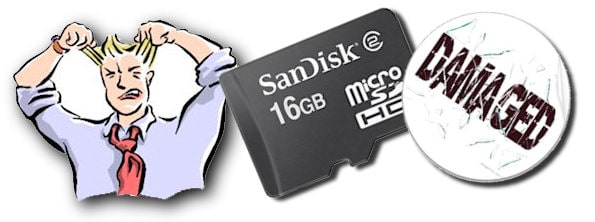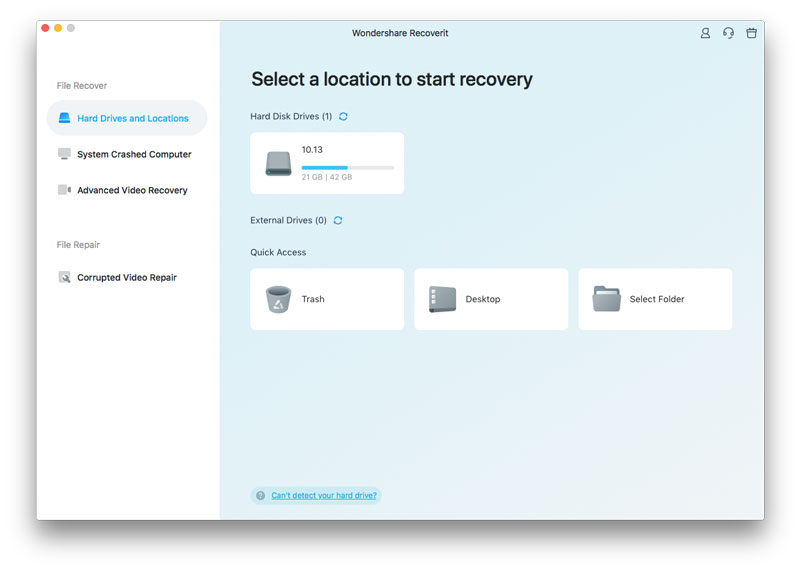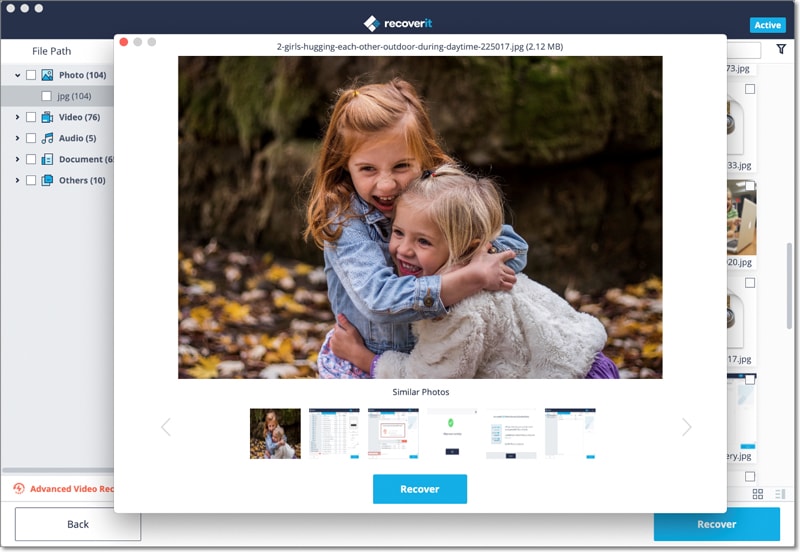A corrupt or damaged SD card is usually inaccessible. A cause of micro SD failure includes failure to properly shut down device before removing the SD card. Other causes include removing the memory card from the parent device while data transfer or copying is in progress, virus, use SD cards from recognized brands and avoid sites that may expose you to malware attacks, allowing the memory card to be full to capacity and still loading it. This are harmful traits and need to be dissuaded. How to repair micro sd card became a serious question, this artcle could give you the solutions.
- Part 1. Full Solutions on How to Repair Micro SD Card
- Part 2. Recommend the Way to Recover Lost Data from Micro SD Card
Part 1. Easy Solutions for How to Repair Micro SD Card
There are no operations that can be performed on it and trying to access it one is alerted that the card is unavailable since the file directory is inaccessible. When this occurs it important top using the SD card until all the data has been retrieved or you will suffer from data loss. For camera users it is imperative that you refrain from taking photos too fast to allow the writing to be completed before another sequel commences.
The symptoms of a corrupt micro SD card include:
1. The SD is recognized by the PC but the contents stored cannot be viewed or accessed.
2. Trying to read the micro SD card on your computer results to viewing the root directory of the SD card, view the subfolders, in the root folder but trying to open the subfolders an alert is issued that you cannot read from the device.
3. You can see the contents of the micro SD card in the root device but trying to copy transfer you get errors (CRC errors).
4. Your computer, camera or phone displays a message prompting you to reformat your micro SD card.
5. Upon startup you find that majority of the contents within the microSD are missing.
6. When you try to erase any content within the card you an error message micro card is corrupt or missing or memory card error.
7. Connecting micro sd card to a computer results to an error message "card is not formatted", "card damage error" making the sd card data inaccessible.

Solutions:
1. To avoid the redundant errors users are advised to.
2. Ensure regular backup of their data to avoid data loss.
3. Always ensure that the antivirus is updated to avoid virus attacks and protect from malware attack.
4. To ensure that the rolls on a camera are given ample time to copy correctly to the respective sectors.
5. Always scan to fix the errors that arise to avoid ac total failure.
6. Avoid interchanging the SD cards to avoid breakages, exposure too viruses and malware.
7. Always ensure you keep the SD cards in a safe , dry environment safe from excessive heat , water and temperature.
Part 2. Recommend the Way to Recover Lost Data from Micro SD Card

Data loss remains a threat to digital data and thus this software was created. Recoverit for Mac (or Recoverit for Windows) is designed to assist in recovery of lost photos , videos, audios , music , emails , documents stored not only on the SD but also pcs, hard drives cellphones amongst other devices. This additional features and functionalities help in enabling the software remain competitive.
Why Choose This Micro SD Card Recovery Software:
- It uses the latest technology and engineered algorithms that scan for data without harming the device or destroying data.
- Anyone can recover their data on their own provided they have they have installed the software on their pc. It is safe and complete data recovery is just clicks away. One just scans, previews, views and recovers their data.
- The software recovers deleted data that has been resized, deleted and corrupted and the other saves your scan to perform data recovery later respectively
- Supports to preview the "found files" and distinguish valid and invalid files before they're recovered.
Step-by-Step Guide to Use This Micro SD Card Recovery Software
Step 1. Launch Micro SD Card Recovery Software
Connect the memory card to the computer after having downloaded the Recoverit Micro SD Card Recovery software and launch the program. Upon successful launch the main window appears prompting you to choose one or more files that have been lost for recovery. For example, you can click on the "Photo" and same for the "Video" tab. Click the "Next" button after making a selection.

Step 2. Scan the Micro SD Card
This second window one finds the memory card name listed as in the "External Recoverable device" list and if its not there click the "Refresh" icon appearing on the top right of "Exter Recoverable device" select the "Start" button to prompt the scanning process. Choose the memory card.
If the lost data is still not found enable the "Deep Scan" mode that fids more data however it takes more scanning time. Patiently wait until the process completes .the activation process can be accessed through deep scan module by clicking "Cant find files? Try deep scan" on the bottom of the window
To make a reselection of the file types or location click the "Back" button at the bottom of the window leading to the previous window.
Step 3. Preview and Recovery
The scan takes few seconds to complete and once complete you can see the listed files displayed in the program. From the left there are "Files view" and "Tree view" contents. For the "files view" displayed are scanned by file types files while by the exact files location for the "Tree view" select each item to view retrieved data.
After completing select the desired files and click "Recover" button to recover your lost data in the micro SD. To avoid overwriting and redundancy errors do not save the recorded data in the same memory card location

Micro SD cards have formed an integral part in modern world and so has the need to continuously protect them. In the inevitable occurrence that data has been lost we have provided above means to retrieve the data and safe guard it.in order to safe guard the harm from collapsed memory cards we need to understand their causes as listed below and avoid such practices.
• Physical damage
• File system corruption
• Accumulating bad sectors withib the sd cards
• Regular formats of the sd card
• Removing an sd card from device abruptly






